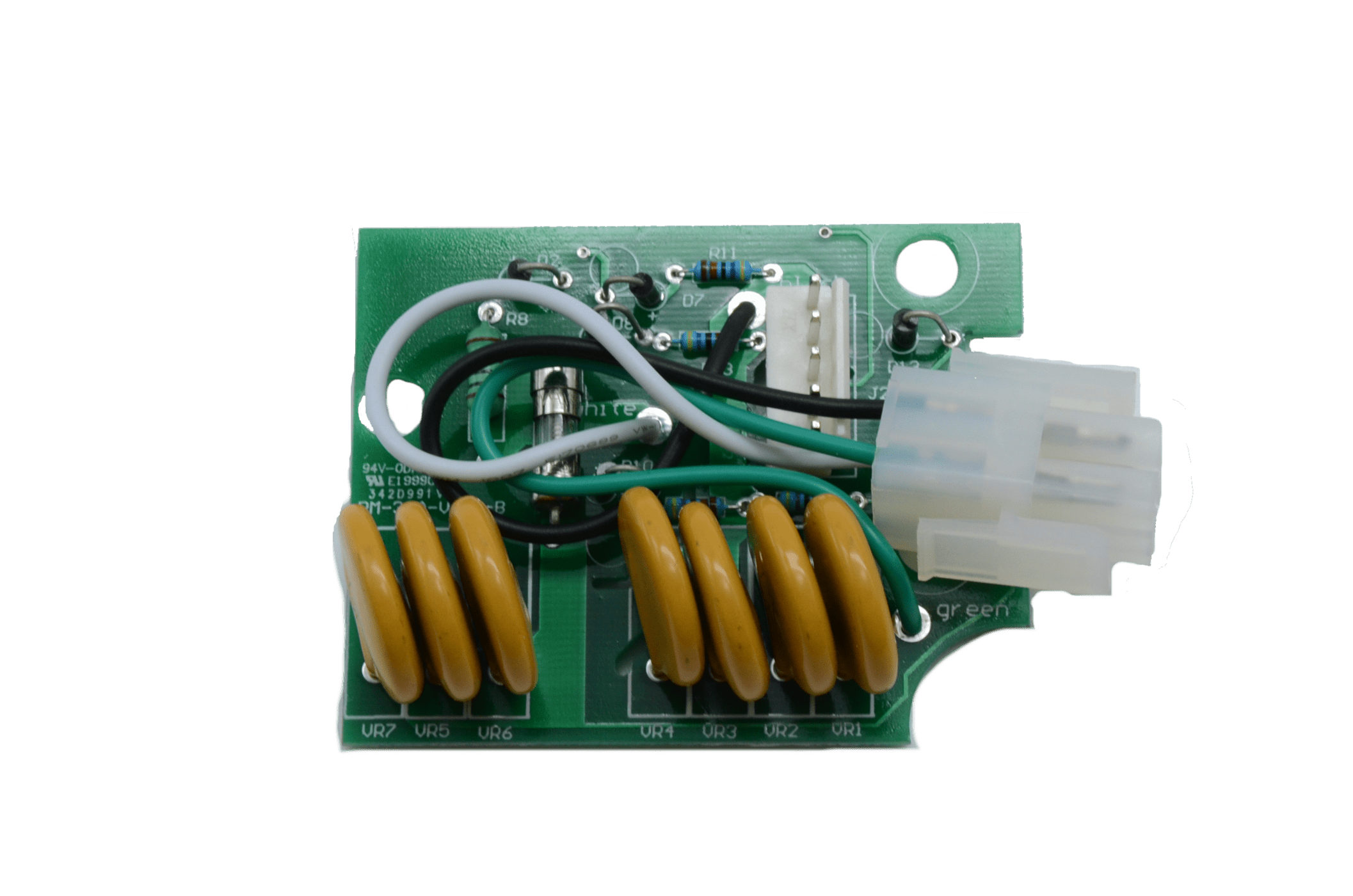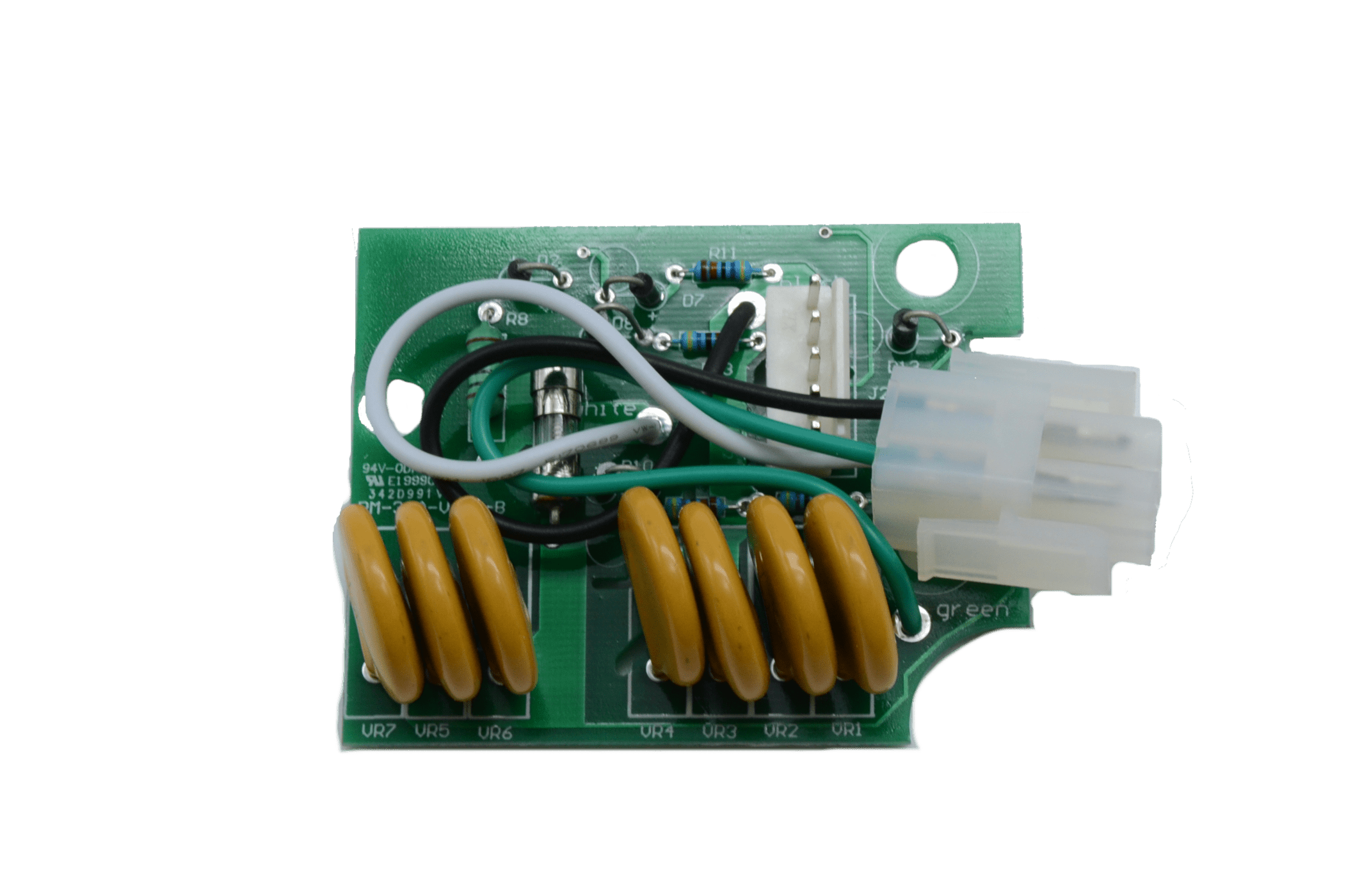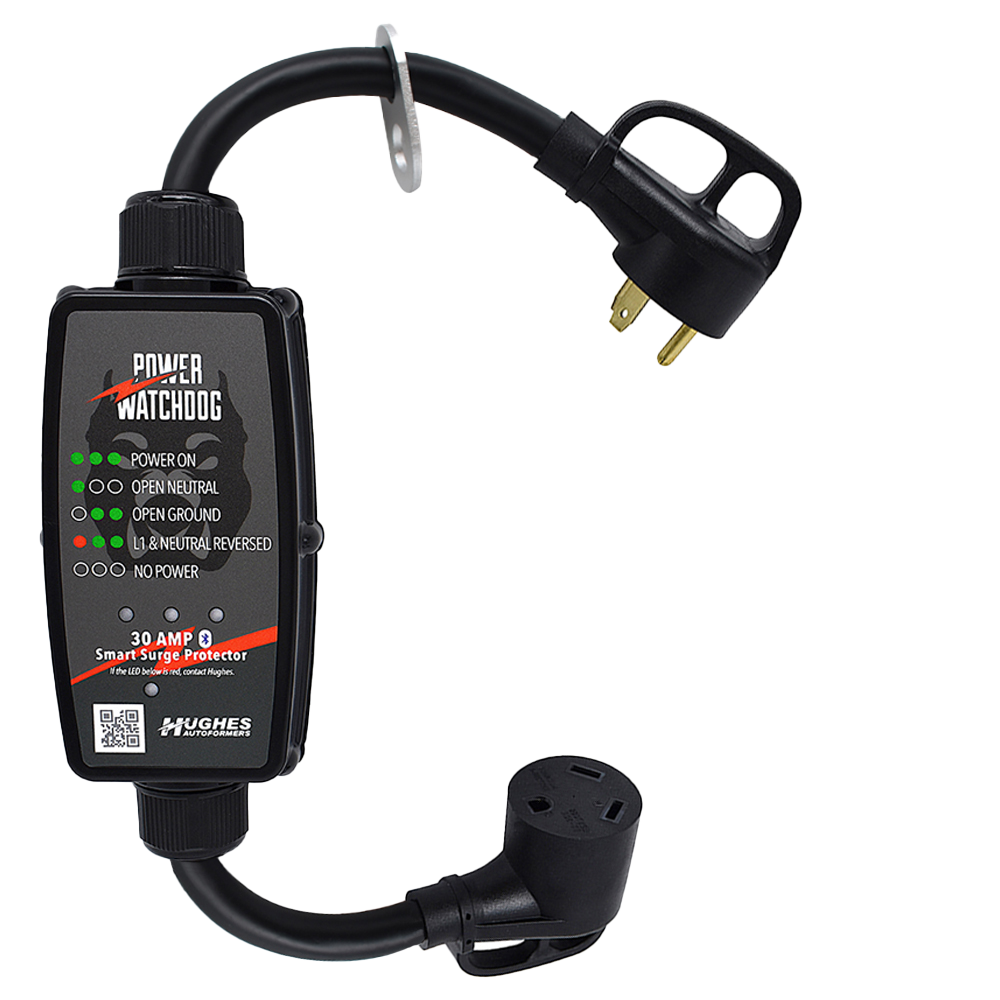A quest we get asked is “What causes a surge or spike?”
Essentially when you’re at an RV park and everybody is plugged in, you have electricity running through the wires from the park pole into your Watchdog or surge protector, into your Autoformer or whatever, going into your coach. Everybody is plugged in, they have a lot of draw or load on the line – their AC units, water heaters or microwaves working – there’s electricity flowing through the wires into that coach. If somebody doesn’t shut down or unplug from the pole properly, you can have a surge or a spike.
Picture electricity like water flowing through a pipe. If somebody goes to the pole and just yanks their shore cord out of the pole, that electricity – that water flowing through the pipe – hits a wall and has to go back through the powerline and can easily have an effect on anybody that’s still connected around that RV. So, a surge can be caused by your neighbors.
Obviously, if there’s a distant lightning strike hitting the ground or power lines, you can have a surge or spike that way. If it’s windy and you have power lines that are arcing, you can have a surge or spike. Even just simply turning on and off large equipment – washing machines, electric dryers, or devices with a high amp load – they can cause surges when they kick on and turn off. You’re essentially changing the flow of electricity. It’s this sudden change that causes that surge or spike. It can either go into your RV or somebody else that is near you if they’re still connected and you’re sharing some wires.
So essentially, you do want a surge protector. It is something that is necessary to prevent damaging surges or spikes.






Bob – :
Bought this Power Watchdor Surge protector beginning of summer 2019, bluetooth a bit schetchy but worked OK. Last night the 8 of june 2022, a lightning strike right next to my RV, thought a bomb was dropped and scared the hell out of us, even the dogs were frighten and also loss of power, I thought a transformer blew up but as in was at daylight our camping secutiry passed by and said only the four of us around did not have electricity and to check our breakers. As it was, the Power watchdog probably saved our appliances in the RV and tripped the main breaker and absorbed the surge. Found out that only a USB port charger, one lightning cable for iPads and the surge module was fried, all other appliances are still working fine. Hoping to get in touch either with Hughes Autoformers or the RV service vendor to see if I can find another replacement module…